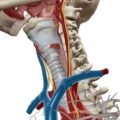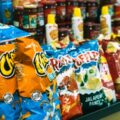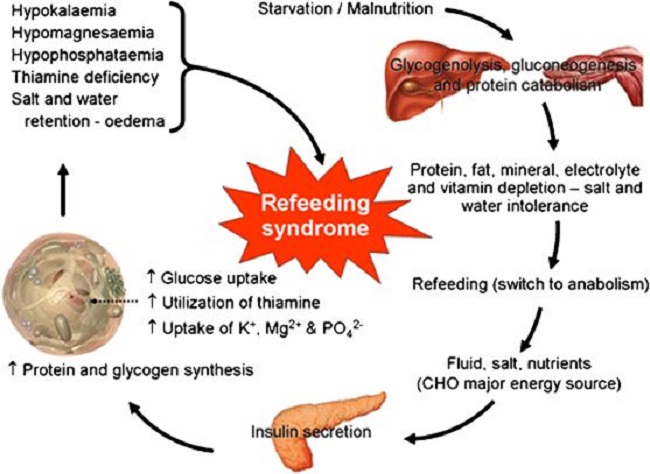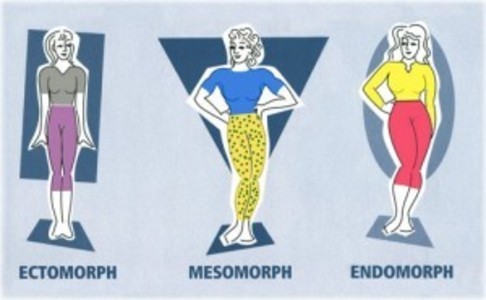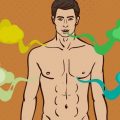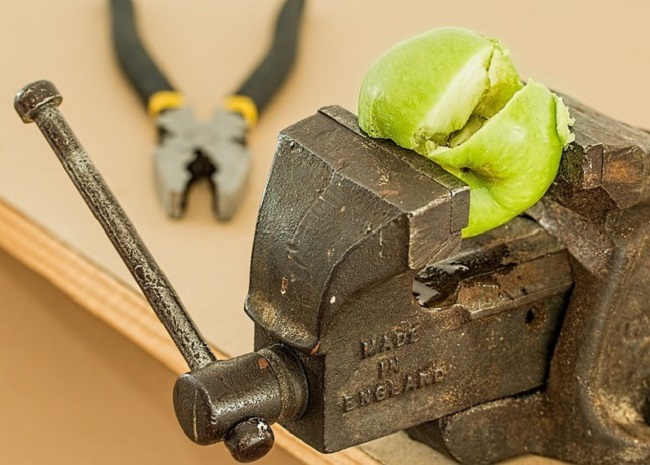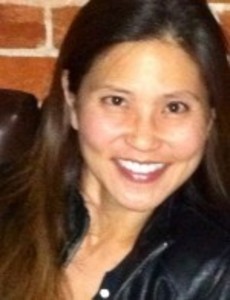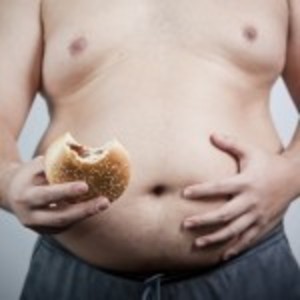Recently, I had a conversation with some girlfriends about working out and specifically doing push-ups. One friend invited us to do a push up program where you start out doing as many as you can and build up to 100 (even if you can’t do 1 it’s designed to build you up to 100 over time). She decided she was going to do it, but not the whole program because she was afraid, “it will make my boobs even smaller, which is the one downfall to losing weight.”
Another girlfriend confirmed this fear. I added my two cents on the matter, “it should make your breasts look perkier and larger when you build up the pectoral muscle behind them.” That didn’t matter, their fears of looking less feminine outweighed their fitness goal for more strength.
Of course why wouldn’t it? In a culture that punishes female Olympians with the ridicule of taking a gender test if they don’t look feminine enough or break a new record that women weren’t supposed to be able to break (read more here Are the 2012 Olympics the Year of the Woman?).
I’m not saying that I’ve never been afraid of loosing what little breasts I have or that I’ve hated the fact that my little sister wore a bigger bra size then me by the time she turned 16. It’s only recently that I’ve been able to conquer my own self-hatred of my body by accepting that it just that – a body. It’s been a long battle, but on most days I sit on the side of victory and look in the mirror and see flesh, bones, muscles and organs that help me achieve my goals – physical, mental, and spiritual enlightenment and acceptance.
Battling Anorexia
Not too long ago, I looked in the mirror and thought that I was obese, grotesquely obese. I’m nearly 6’ tall and have never weighed over 165 lbs. I’ve never been close to obesity, but on my darkest days there was no way you could convince me of what I wasn’t or why it really mattered. Becoming an athlete, someone who sets physical goals and goes out to achieve them, not only saved my life, but also enhanced it. As an athlete I push myself not only on the track (or in whatever sport arena I participate in), but in life as well. The lessons go beyond accepting my body for what it is, but loving my ability to run 26.2 miles, jump up and do pull ups, participate in Spartan Adventure Races, and most recently complete various Cross Fit workouts (which short of the Marine Corps, are the most challenging work outs I’ve ever done). Of course, it’s been a long journey to get here.
I spent the better part of my late teens and early twenties hungry and malnourished by choice. In college, I woke up at 5 or 6 AM every morning to run 6 miles (10-15 miles on the weekends). I then carefully monitored how many calories I consumed during the day to make sure I didn’t exceed my limit of 1000 calories. I beat myself up if I didn’t go to bed with a growling stomach. At one point, my friend Joel would not let me get up from the table until I had consumed what he considered enough for me (he’s a rather large and intimidating man so when I say force, I do mean by loving force). Of course, I simply found excuses not to eat with my friends in order not to exceed my strict calorie limit, but Joel always (and to this day still) asks me if I’m taking care of myself in a way that makes me realize that food is not the demon, the perceptions in my head are.
Becoming an Athlete
When I was 24-years-old, I decided that I was going to be a Marine Corps Officer. I trained for the nine months prior to leaving for Officer Candidate School (OCS) by running six miles and weight training. I worked out at the gym at the recruiters’ office. They were the first mentors that discussed proper nutrition for an athlete with me. All of my coaches in high school somehow missed this important subject. They put it very simply, “You are going to burn more calories than you can possibly consume at OCS. Libby, you’re going to have to eat if you want to make it through. If you don’t, you’ll end up a medical drop.”
I have no idea where this determination to be a Marine came from, it was certainly a relatively new life goal, but I heeded their advice and ate everything the cafeteria workers piled on my plate. I wanted to be a Marine more than I wanted to be thin enough, enough for what I still don’t know. I was amazed by how much energy I had, how much I enjoyed food and how much time I had wasted counting calories.
Today, I don’t count calories, or get on scales. I don’t let myself partake in the idea that there is some invisible standard set by the media, Hollywood and society that I’ll never reach, but should keep trying at all cost, because if I don’t reach it I won’t be loved/successful/fill in the blank. On my bad days, when I tell my boyfriend I feel fat even though I know I’m not, he simply laughs at me. I remind myself that my body is my vessel and needs to be fueled properly. I wonder if this will be a battle I will always fight? If so, I know that as long as I constantly challenge myself, both physically and mentally, and know that I won’t meet my goals without the proper fuel, I will win. My latest challenge is Cross Fit, but I still enjoy running and other various sports. In September I start classes for holistic health with a focus on nutrition.
Feminine Enough
As an athlete, or at least a very fit person, I face a new battle. Looking “feminine enough.” Again I ask, feminine enough for what? As women push their bodies and break records in the Olympics, I listen to the sportscasters, friends and strangers comment about their lack of female curves. My own boyfriend has voiced concern that I will look “manly” if I get to strong (to which I laughed). I am, always have been, likely will always be a svelte person. Without the aid of plastic surgery, I will never look like Marilyn Monroe, and that is okay. I have learned, the hard way, that suffering in order to fit into someone else’s idea of beauty, health, success, etc., will only make you suffer. In the end it will never be enough because it’s not what you want.
Love Thyself
It was a slow progression from obsessive calorie counter to amateur athlete. Today, I eat until I am full and enjoy healthy fats and, gasp, carbs! I have a slight dark chocolate addiction and am healthier and fitter at 31 than I was at 21. I hope that my girlfriends realize that their goals should always trump someone else’s ideal of worthiness. If a woman wants to work up to 100 push-ups or run a marathon or become a racecar driver, she shouldn’t let society’s preconceived notion of gender roles and standards of femininity/beauty stand in her way. I wasted too many years avoiding the pleasure and nourishment of food in hopes of being thin enough and learned that in the end you are just starving for self-acceptance and participating in the life you want to live. I honestly believe that becoming an athlete saved me from Anorexia.


